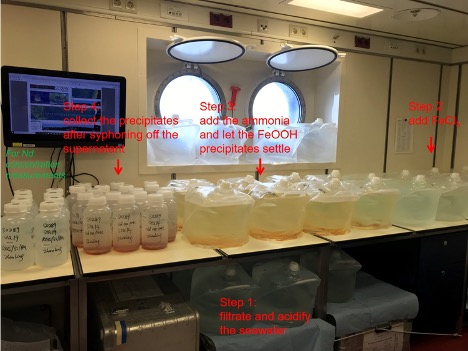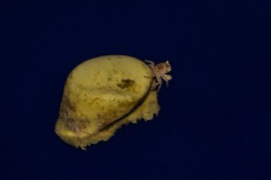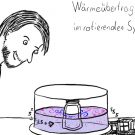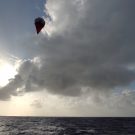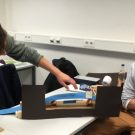(deutsche Version unten) Neodymium (Nd) is one of the Rare Earth Elements (REE) and consists of seven isotopes. One of the isotopes, 143Nd, is a decay product of the samarium isotope 147Sm that also belongs to the REE with a half-life of 1.06×1011 years. Since the Sm/Nd ratio in rocks and minerals varies, there are […]
New data on plastics in the South Pacific
(deutsche Version unten) I came on board research vessel SONNE as a national observer from Chile. As we are sampling on national Chilean waters, I was inspecting that everything was done according to the permits, and I also have the responsibility to send a daily report to Chilean authorities. Besides that, the chief scientist offered […]
What the Hack is going on here?
by Willi Rath About a year ago we introduced the GEOMAR (open!) Hacky Hour, a weekly (virtual) programming and data analysis support meeting compensating for missing door-to-door exchange in the office during the COVID-19 pandemic. This is about our lessons learned along the way. If you’re interested in participating or have any other questions or […]
Digitale Teaching goes Web
“WebLab — Web-based computing lab”: Lessons Learned Authors: Martin Claus (PI) & Willi Rath (co-PI) German version: https://www.einfachgutelehre.uni-kiel.de/allgemein/digitale-lehre-weblab/funded by PerLe-Fonds für Lehrinnovation weblab.uni-kiel.de is a virtual computer lab which can be accessed at any time and from everywhere in the world. Originally, it was set up to leave behind crowded physical computer labs. With the […]
AOD Comic: Wellengleichungen im Wassertank
Die wohl beste Zusammenfassung unserer Bemühungen im letzten Semester, Studierenden einen anderen, praxisbezogeneren, letztlich schlicht spaßigeren Zugang zu Atmosphären- und Ozeandynamik (AOD) zu bieten, stammt von Johanna Knauf:
Finding Eddy Vol. 2
The last week of our cruise has begun, and the eddy hunt is aiming for an eddy in the East of Trinidad and Tobago, Eddy2. The trick with catching Eddy2 is to first estimate his dimensions by using sea level anomaly maps which give insight on surface eddies that are often overlying deeper eddies, like […]
Chasing clouds
Part 1: Why chase clouds Imagine you would like to have a nice barbeque on Sunday but the weather report seems quite undecided whether it will rain or not. You wonder: “How hard can it be to predict if it rains? It seems like the forecasts are always off!”. As scientists, we face this challenge […]
Die Meeresoberfläche im Fokus
(English version below) Es dreht sich und dreht sich und dreht sich: 24/7 rotiert unser Doppler-Radar nun auf der MARIA S. MERIAN und sammelt Daten. Dabei misst es die Rauigkeit der Meeresoberfläche, aus der Parameter wie Seegang, Strömung und Wind bestimmte werden können. Unser Radar ist ein modifiziertes Navigationsradar (auch marines X-Band-Radar genannt). Herkömmliche nautische […]
Up in the air
A couple of days ago we started heading north again. We are now in an area where also the research vessel Meteor and the research plane HALO are operating. HALO circles every second day above our heads measuring both with its instruments on board as well as by releasing dropsondes. Those small meteorological devices descend […]
ENSO Crafternoon – building recharge oscillator models to understand fundamental ENSO dynamics
by Joke Lübbecke The El Niño – Southern Oscillation (ENSO) is a climate phenomenon that entails pronounced warm or cold surface anomalies in the eastern equatorial Pacific and has impacts on the weather around the globe. In a master level class students are introduced to some fundamental theories about ENSO. One of them, the so-called […]
